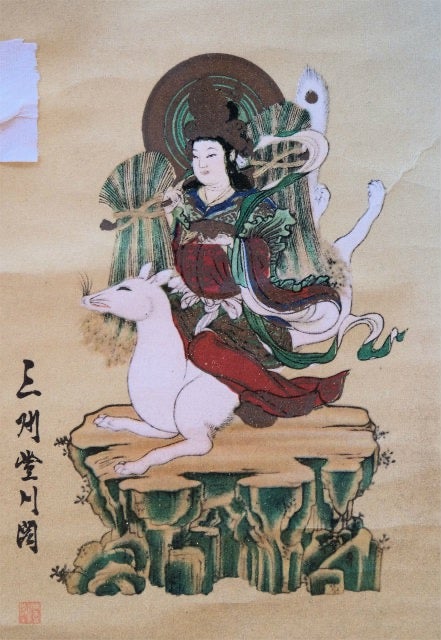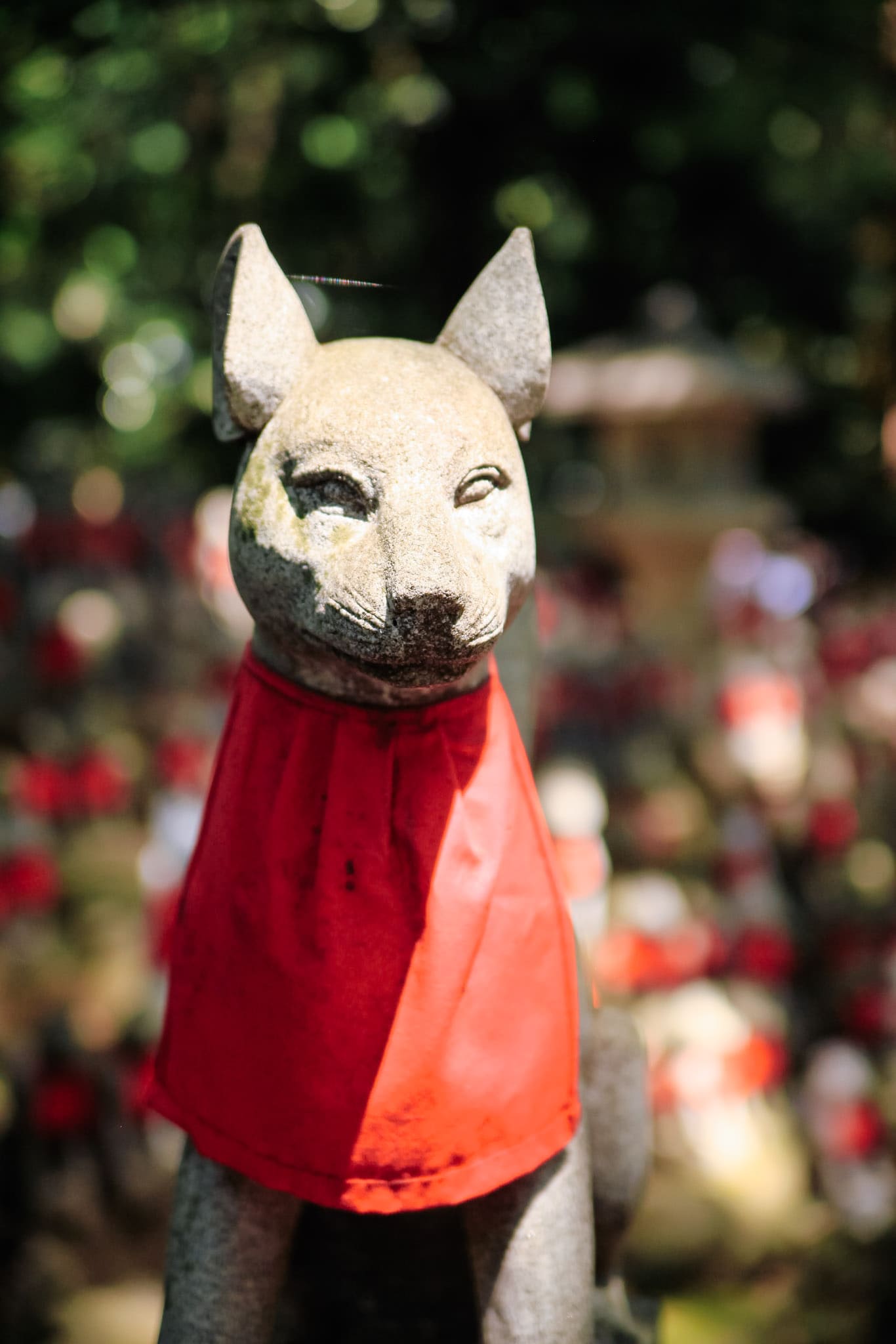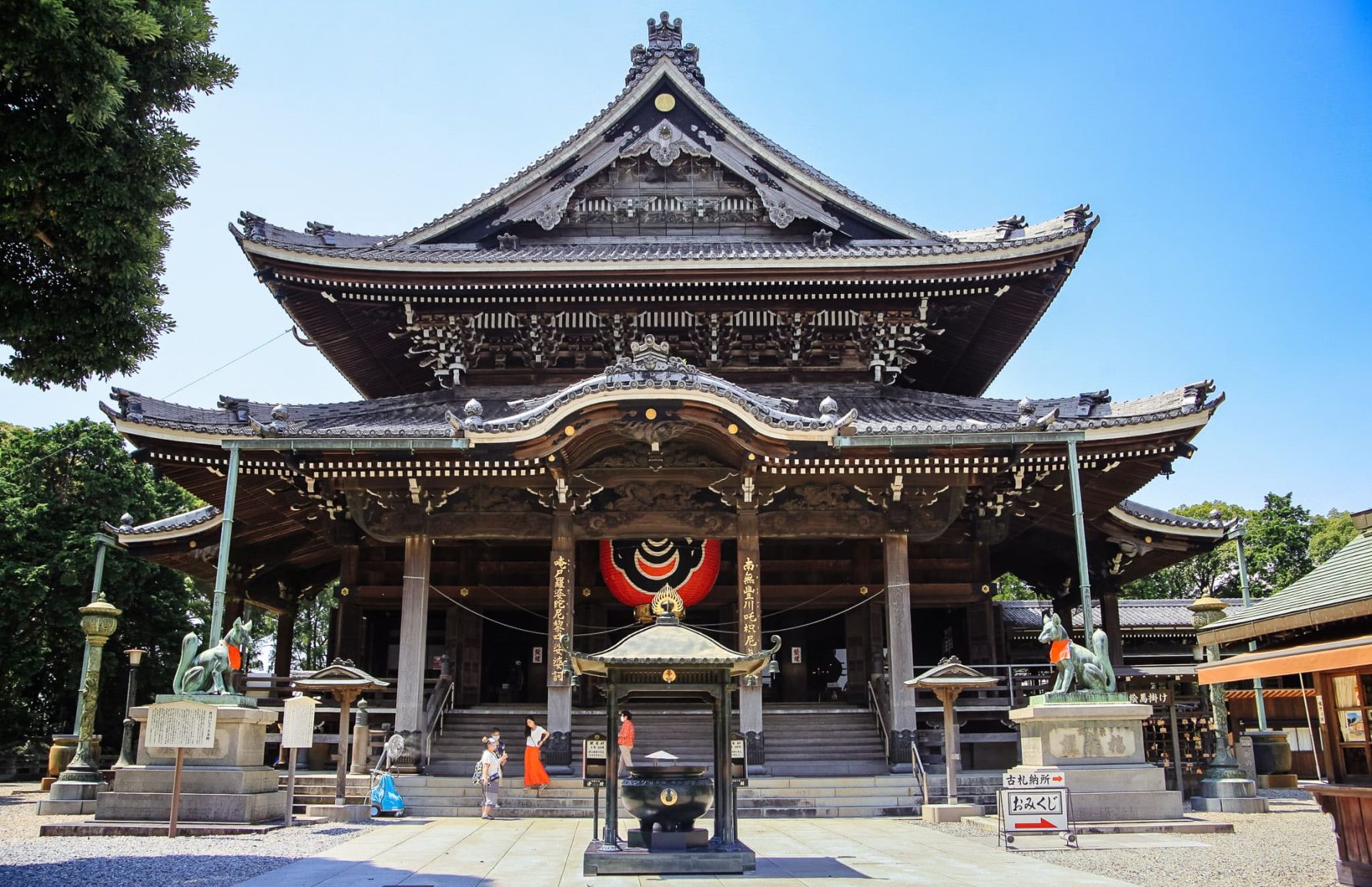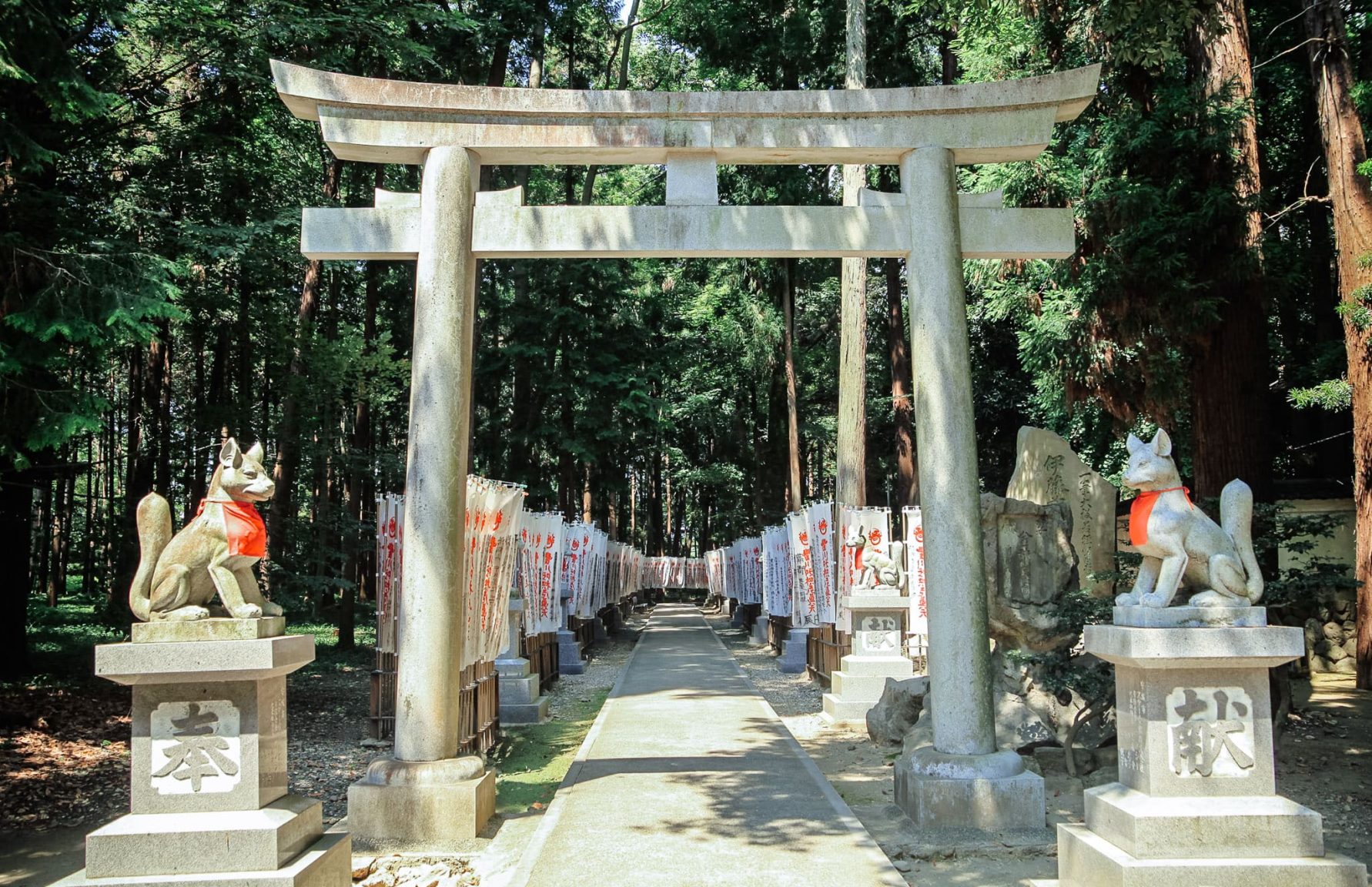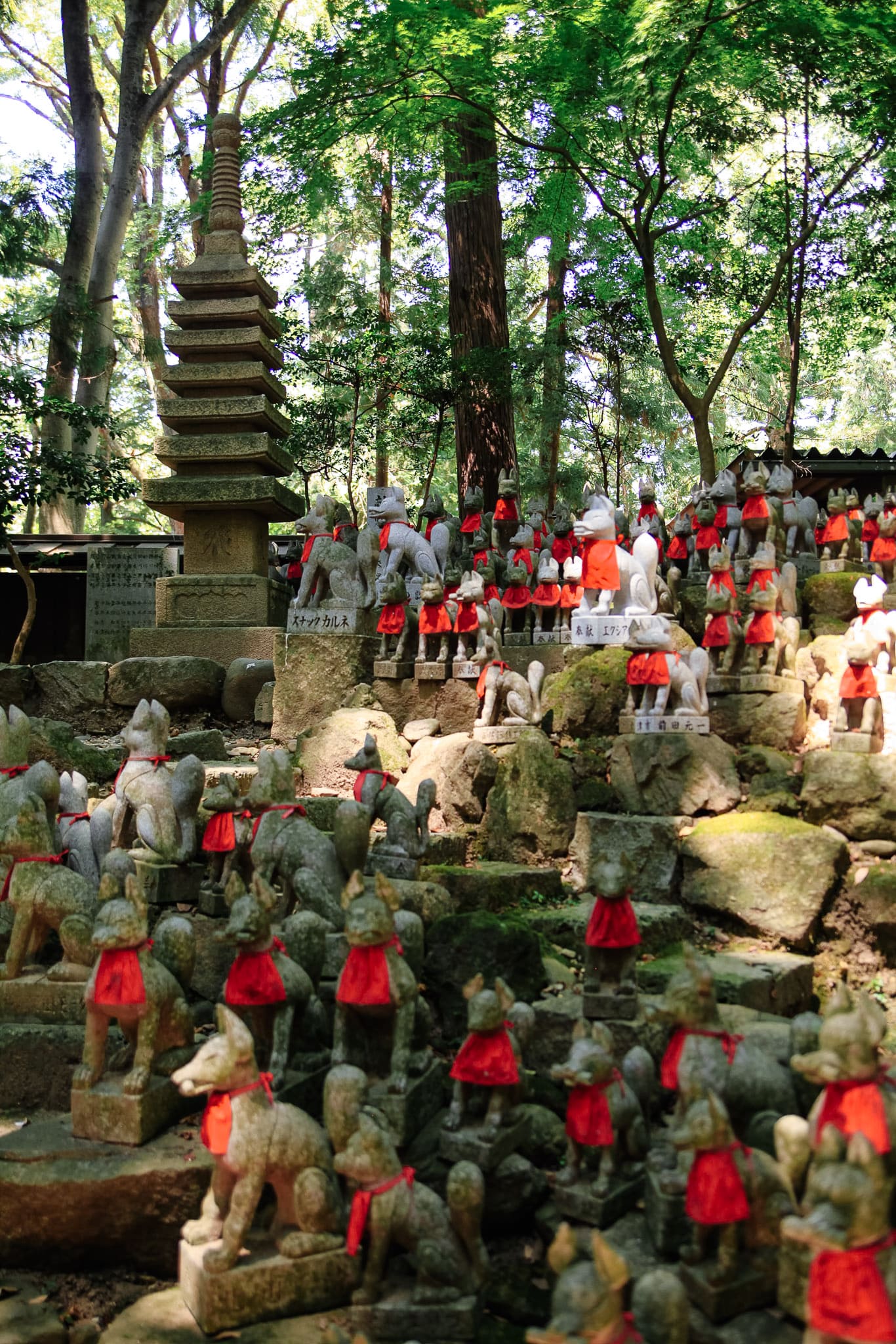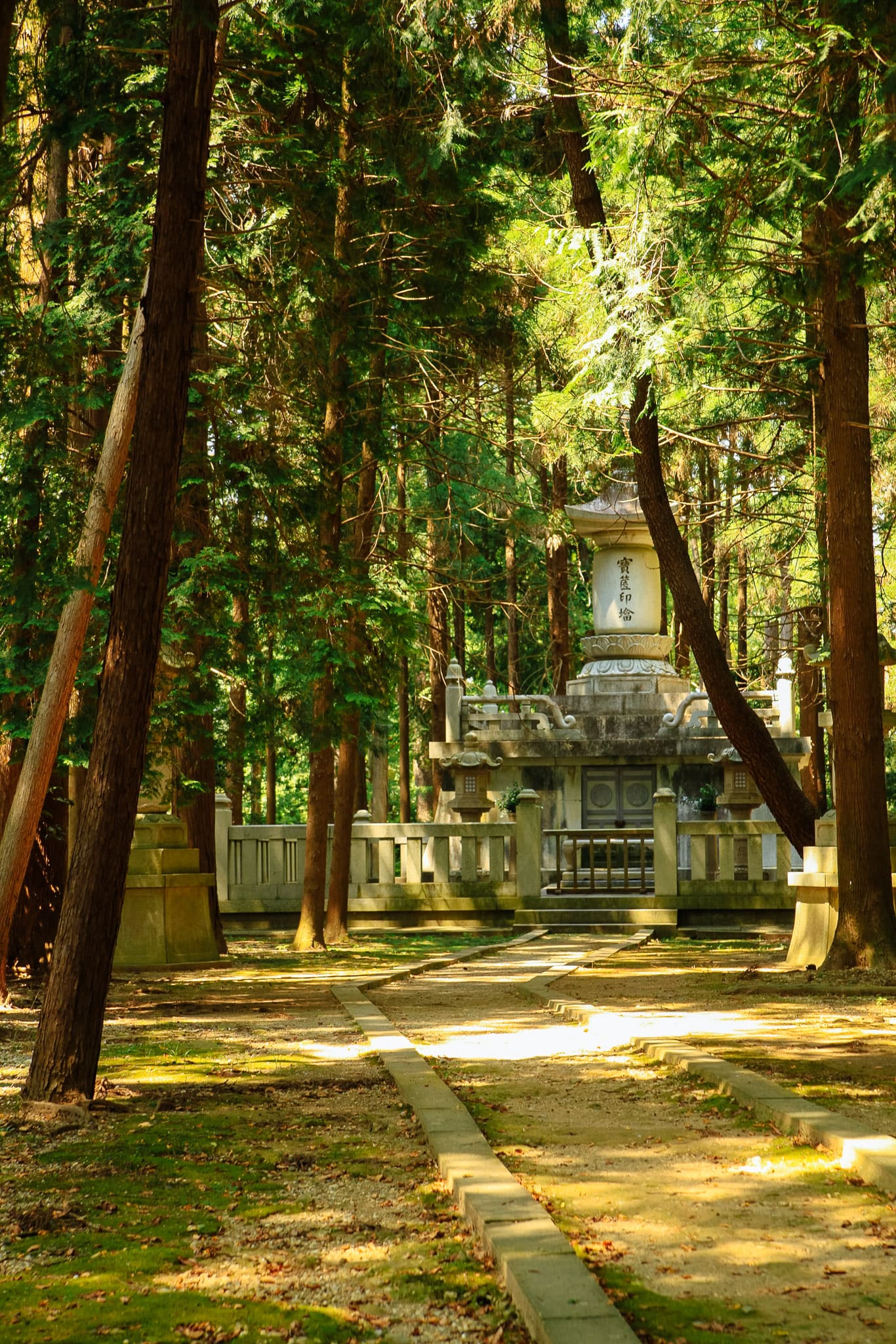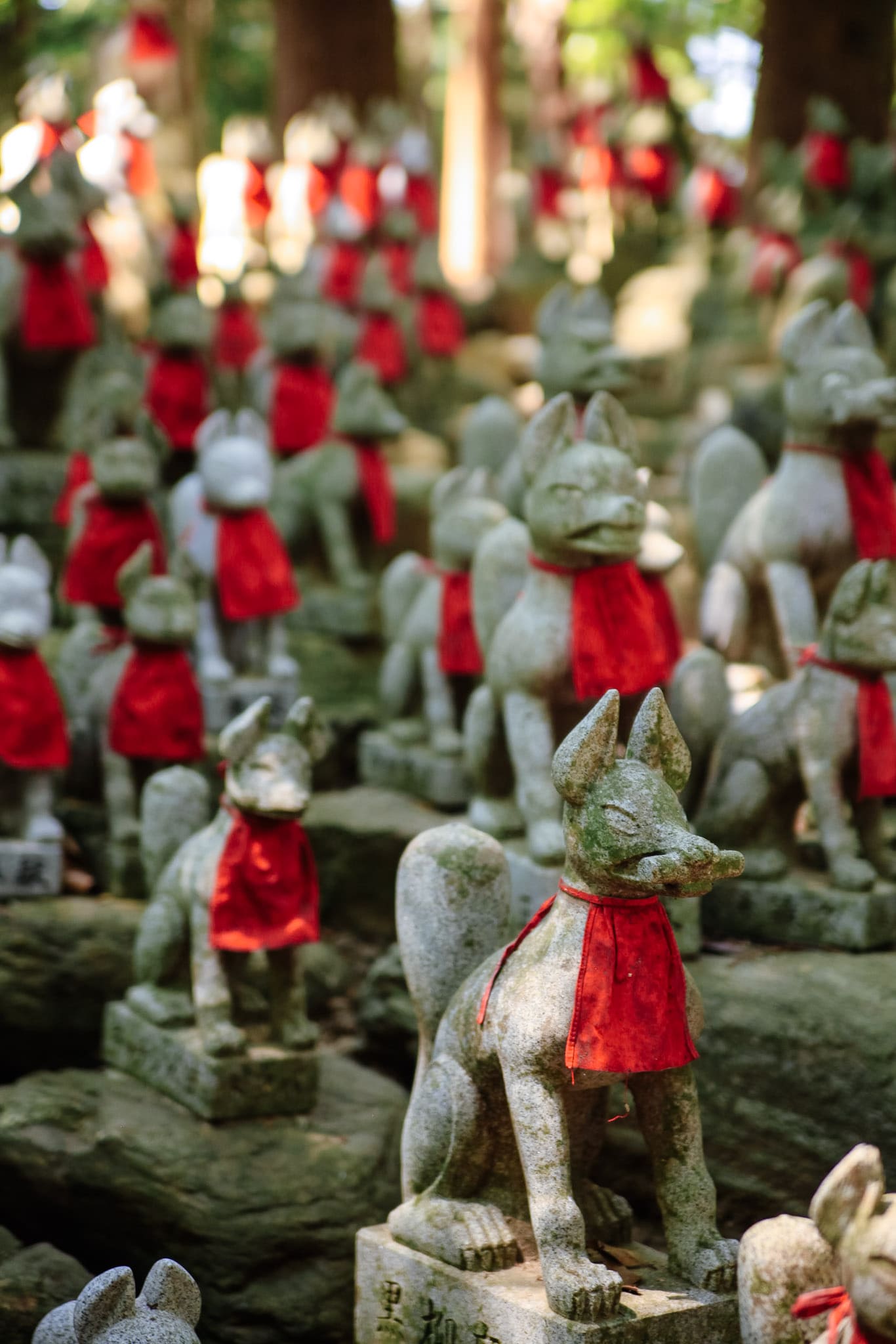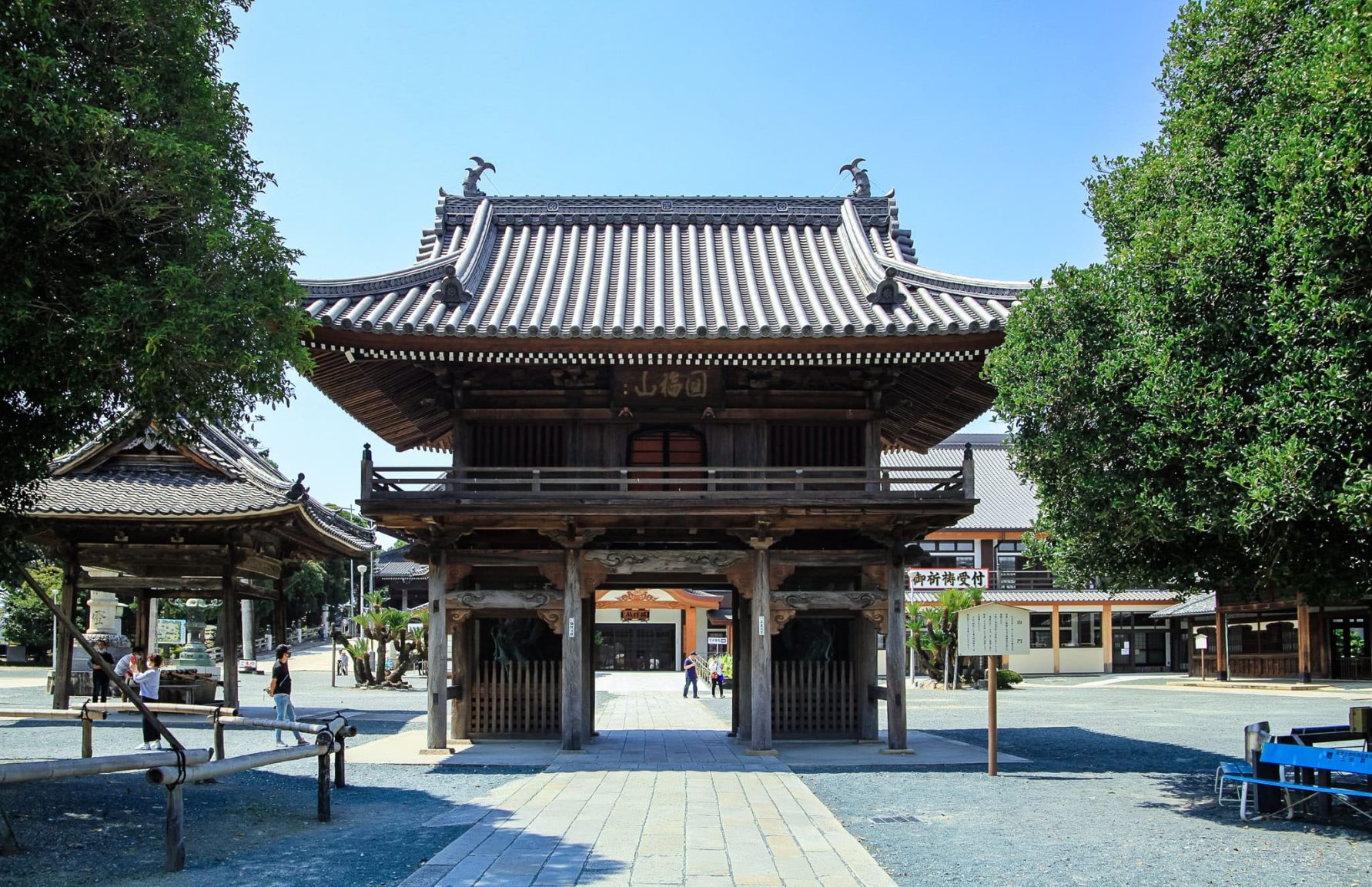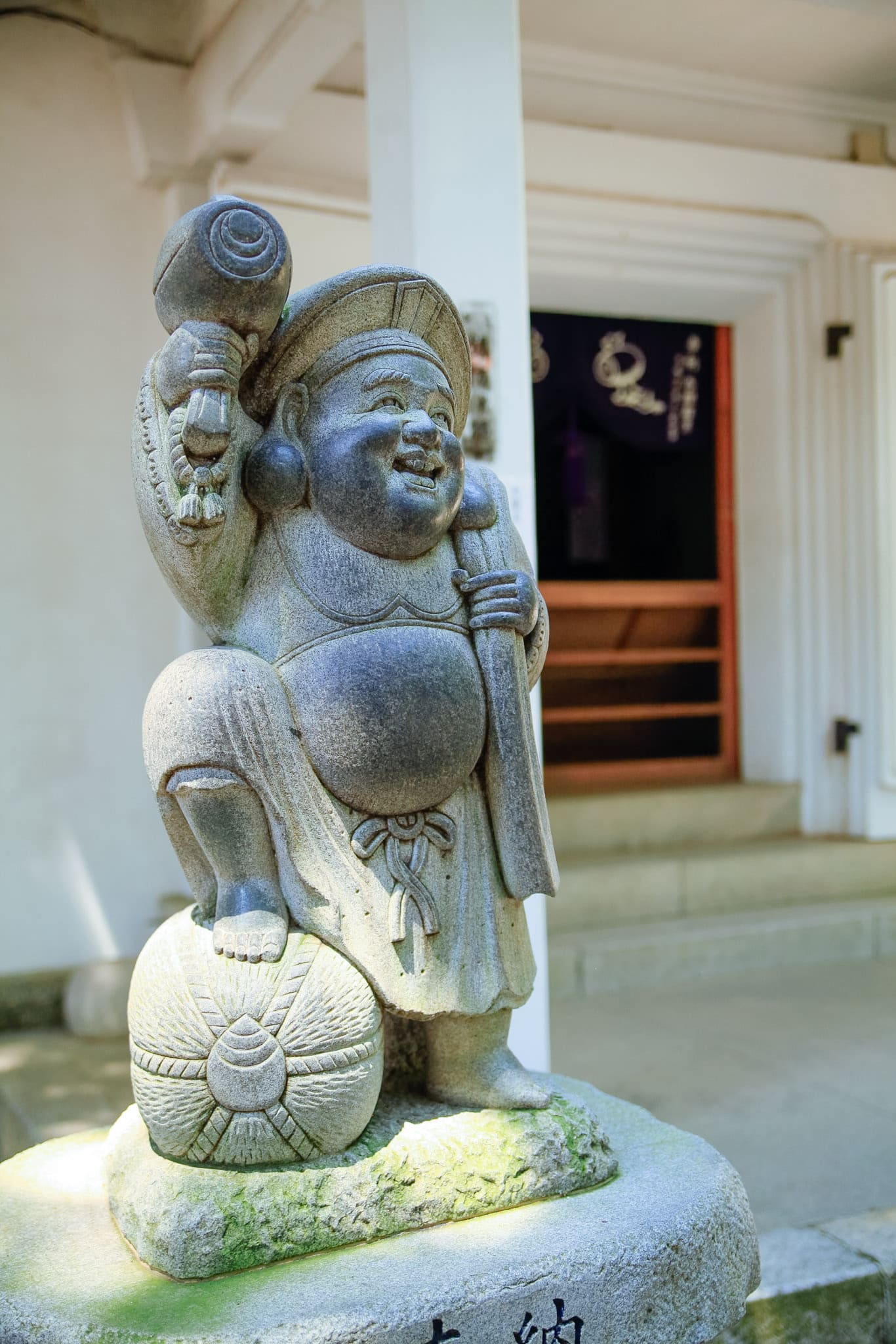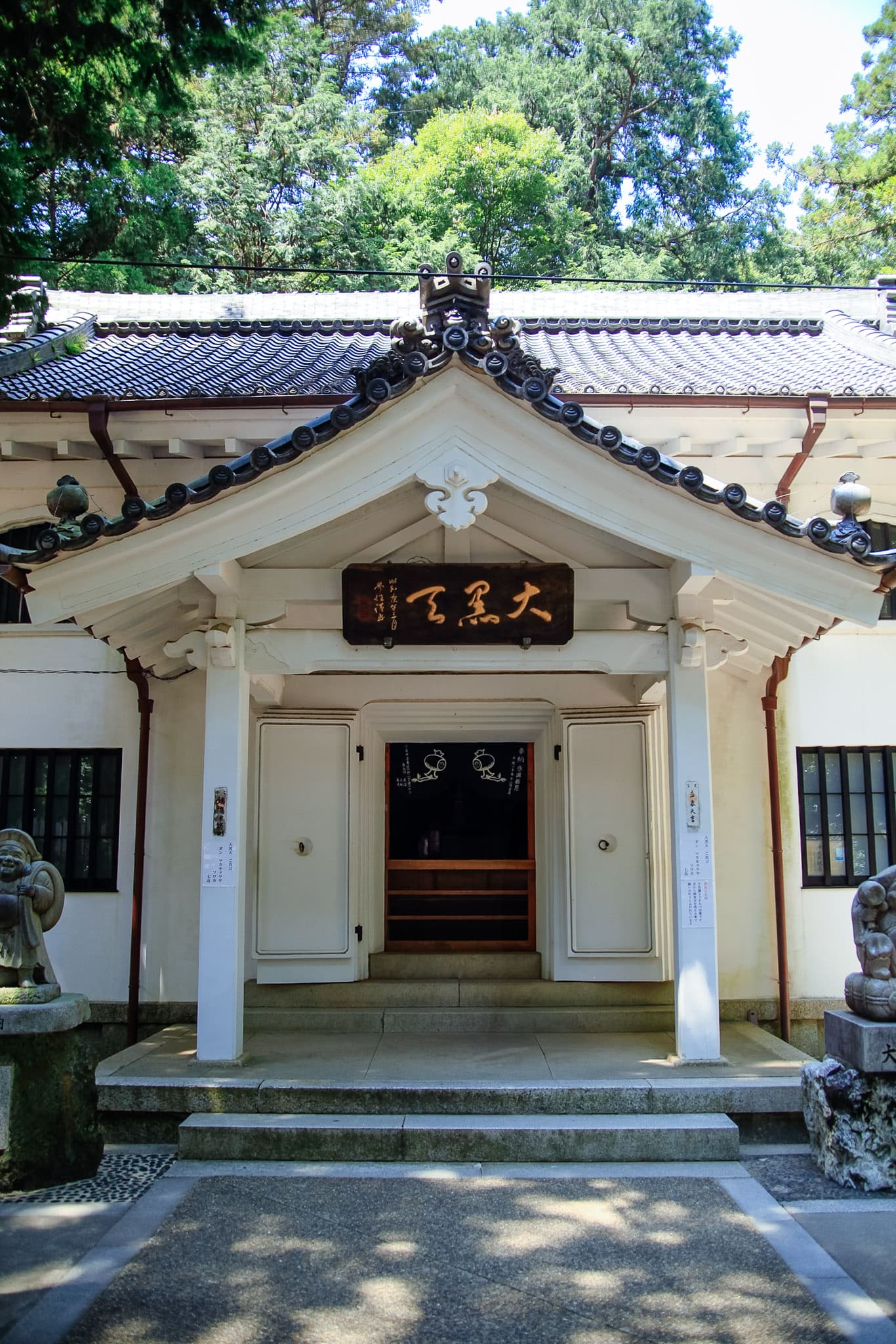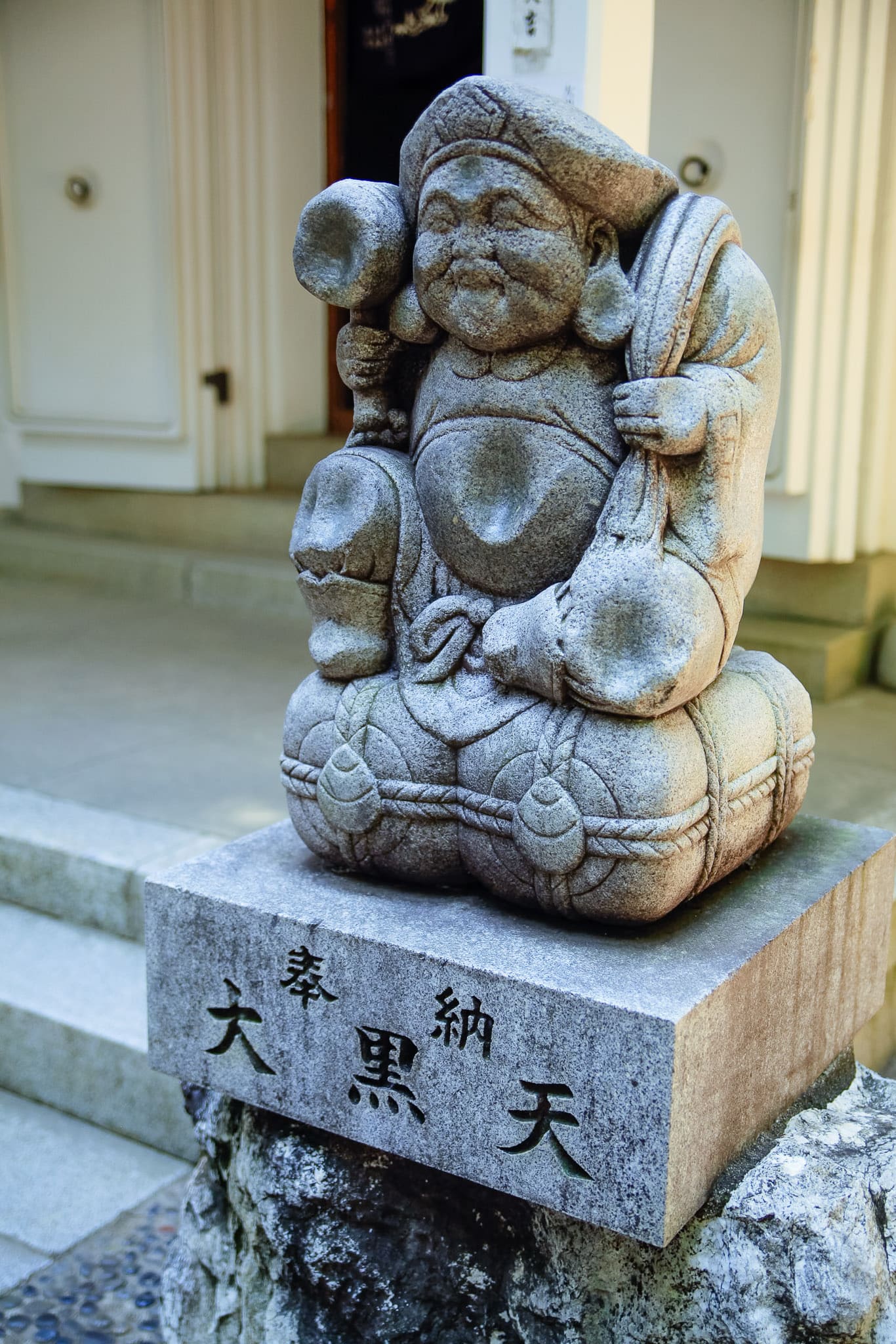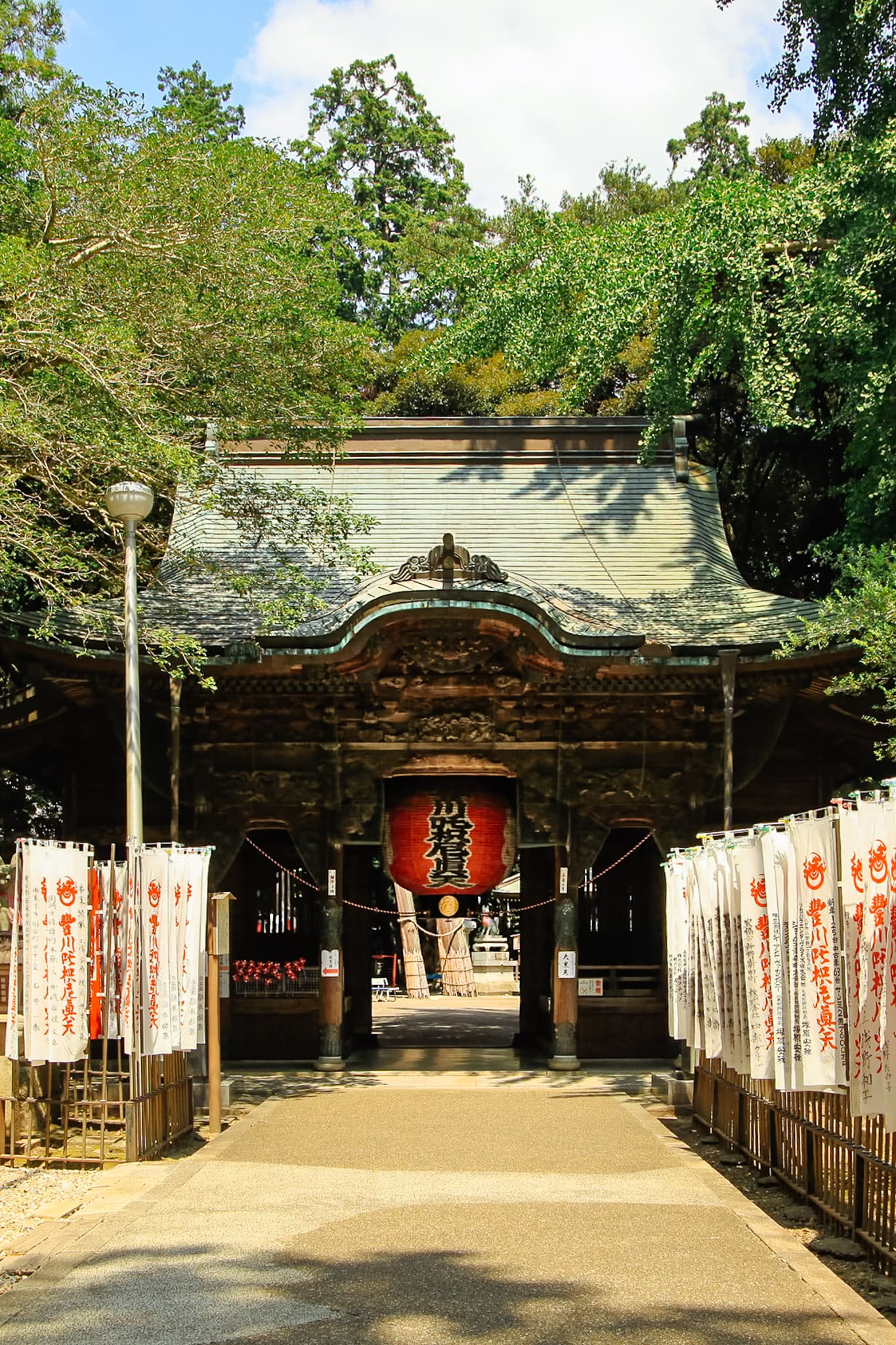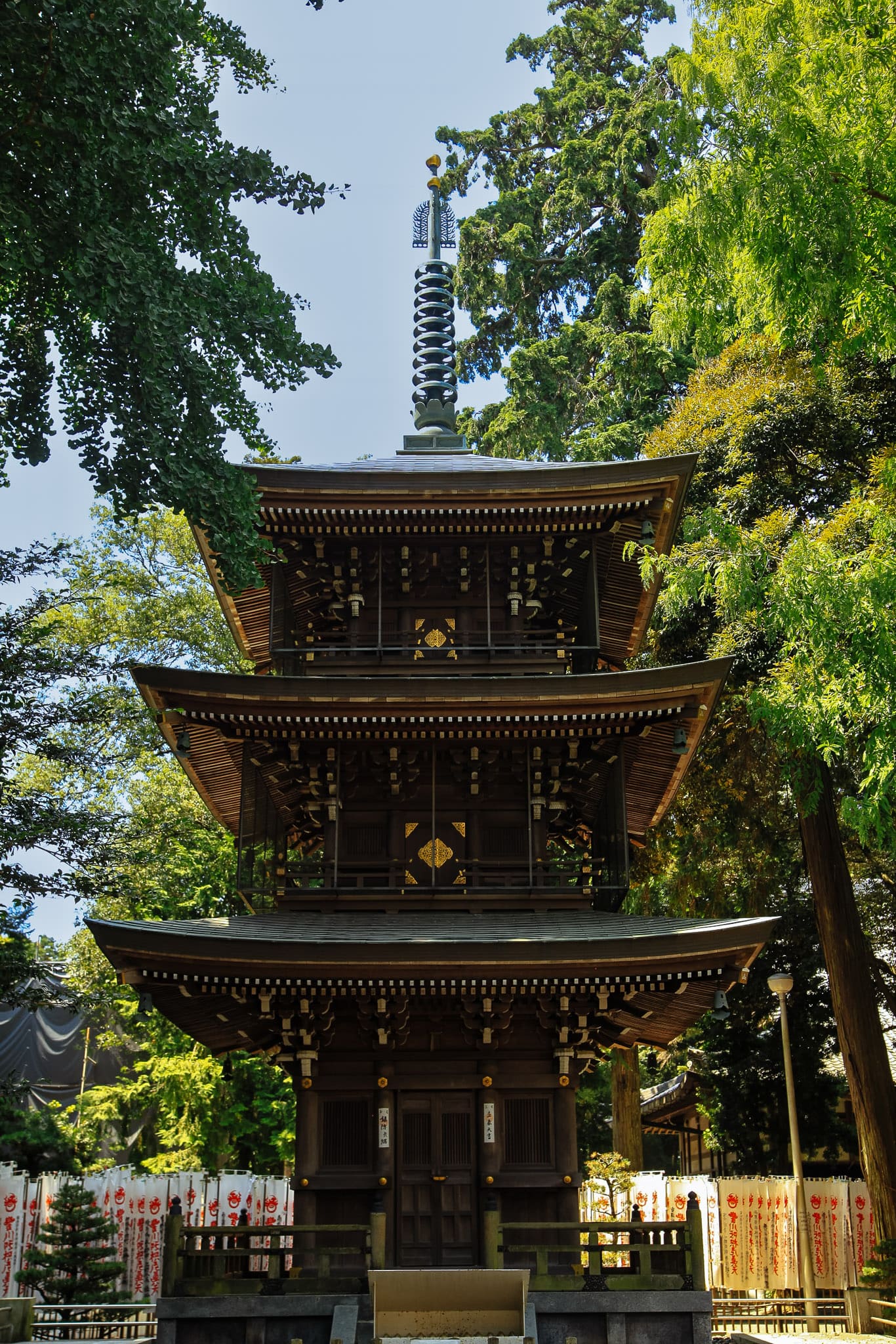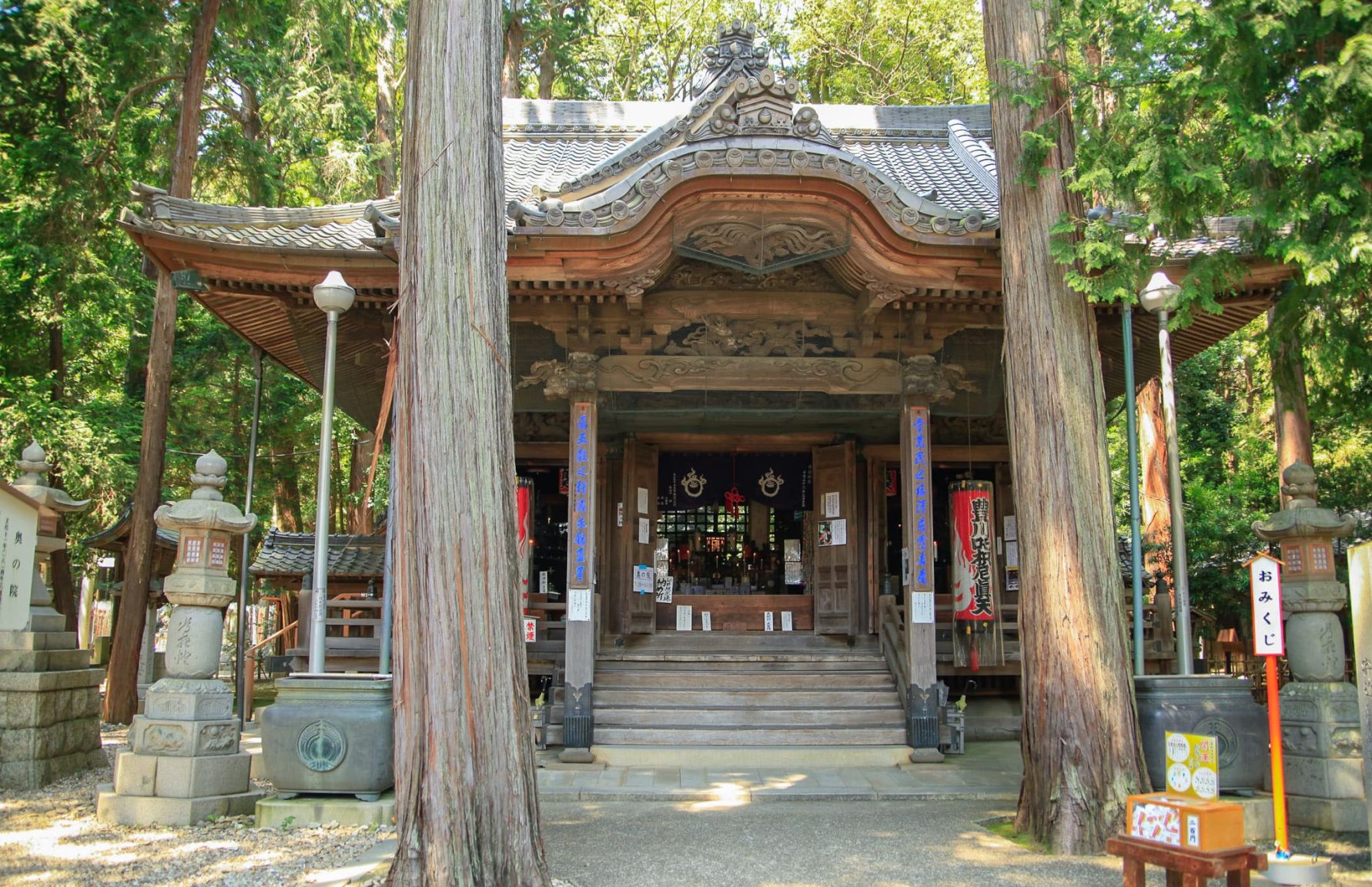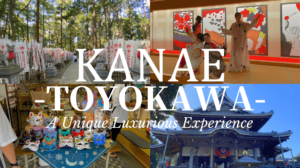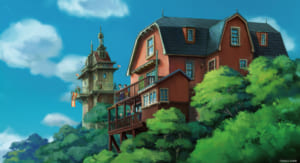Toyokawa Inari Temple Guide: History, Fox Statues, and How to Visit from Nagoya
From a thousand fox statues to centuries of Inari faith, discover one of Japan’s most intriguing temple complexes

Toyokawa Inari Temple in Aichi Prefecture ranks among Japan’s most famous sites dedicated to Inari Okami, the fox-associated deity of prosperity and good harvests. Known formally as Myogonji, it’s a rare place where Soto Zen Buddhist halls stand alongside sacred spaces for Inari worship, creating a setting deeply linked to centuries of Buddhist and Shinto devotion.
Its importance places it among Japan’s most prominent Inari worship locations, almost in the same league as Kyoto’s Fushimi Inari Taisha, drawing pilgrims, business owners, and curious travelers alike to its avenues lined with watchful stone foxes. However, as a curious traveler myself, I’ll admit I was initially drawn by the sight of a thousand foxes before learning about its fascinating history, and decided to check it out on a whim since I was in Nagoya anyway.
I visited this interesting temple as part of a multi-day trip using the convenient Seishun 18 Kippu, a very affordable seasonal pass that allows you to travel nationwide in local JR lines, allowing you the opportunity to freely explore and discover hidden gems at some lesser-known locations!
A Brief History of Toyokawa Inari Temple
Founded in 1441, Toyokawa Inari Temple, formally known as Myogonji, owes its origins to the priest Tokai Gieki, a follower of the Soto Zen school. According to temple records, Tokai Gieki enshrined the Buddhist statue of Dakiniten (荼枳尼天), also known as Dakinishinten, a deity depicted riding a white fox and carrying sheaves of rice. Over time, this figure became closely identified with Inari Okami, linking the temple to Japan’s widespread Inari faith.
During the Sengoku period, the temple earned the patronage of powerful warlords, including Tokugawa Ieyasu, who is said to have offered prayers here for victory and stability. By the Edo period, the site was firmly established as a major pilgrimage destination for merchants and farmers seeking prosperity, good harvests, and protection from misfortune.
The Meiji Restoration’s separation of Shinto and Buddhism (shinbutsu bunri) forced many religious sites to choose one identity over the other. Toyokawa Inari, however, maintained both traditions under its Buddhist classification, a rarity that continues to define its character today.
Toyokawa Inari Temple and the Syncretism of Shinto and Buddhism
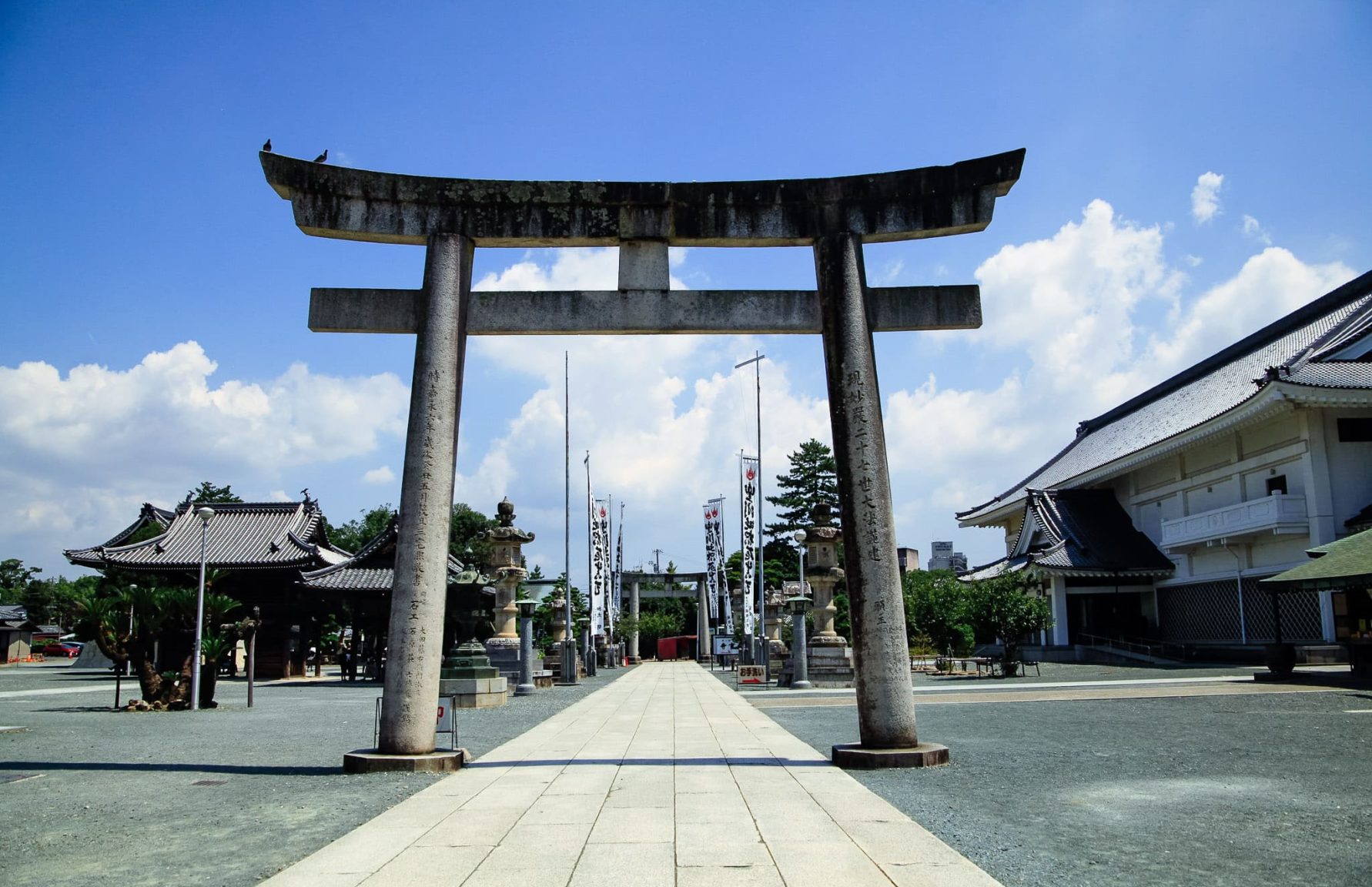
Toyokawa Inari is a textbook example of shinbutsu-shugo, the centuries-long coexistence of Japan’s native kami worship and imported Buddhist traditions. Here, visitors find Soto Zen halls alongside spaces dedicated to Inari Okami, a kami associated with foxes, rice, and prosperity.
This dual identity stems from the temple’s veneration of Dakiniten, a Buddhist deity whose imagery and attributes closely match those of Inari. Rather than separating the two, Toyokawa Inari preserved both forms of worship, surviving even the Meiji-era policies that forced many shrines and temples to split.
For readers interested in how this religious fusion works in detail, see our guide to the differences between shrines and temples in Japan.
Understanding Inari Kami, One of the Most Venerated Deities in Japan
Who is Inari Okami?
Inari is the deity most closely linked to rice, prosperity, good harvests, and, by the Edo period, commerce and industry. You may also hear the colloquial honorific Oinari-san (お稲荷さん). In classical sources, Inari overlaps with Ukanomitama and related food-grain deities. At Toyokawa Inari (Myogonji), veneration centers on Dakiniten, a Buddhist figure depicted riding a white fox with sheaves of rice, whose attributes came to align with Inari’s. That pairing explains the foxes, the rice imagery, and the temple’s dual religious character.
Toyokawa’s practice brings Soto Zen halls and Inari devotion side by side. The result is a place where merchants, farmers, and modern visitors pray under one complex: sutras in one hall, fox guardians and Inari offerings in another.
Domains and petitions
Visitors typically pray for:
- Business success, thriving shops, and safe operations
- Good harvests, abundant food, and household well-being
- Safe travel and protection from misfortune
- Passing exams or landing new contracts (modern takes on “prosperity”)
Why the foxes?
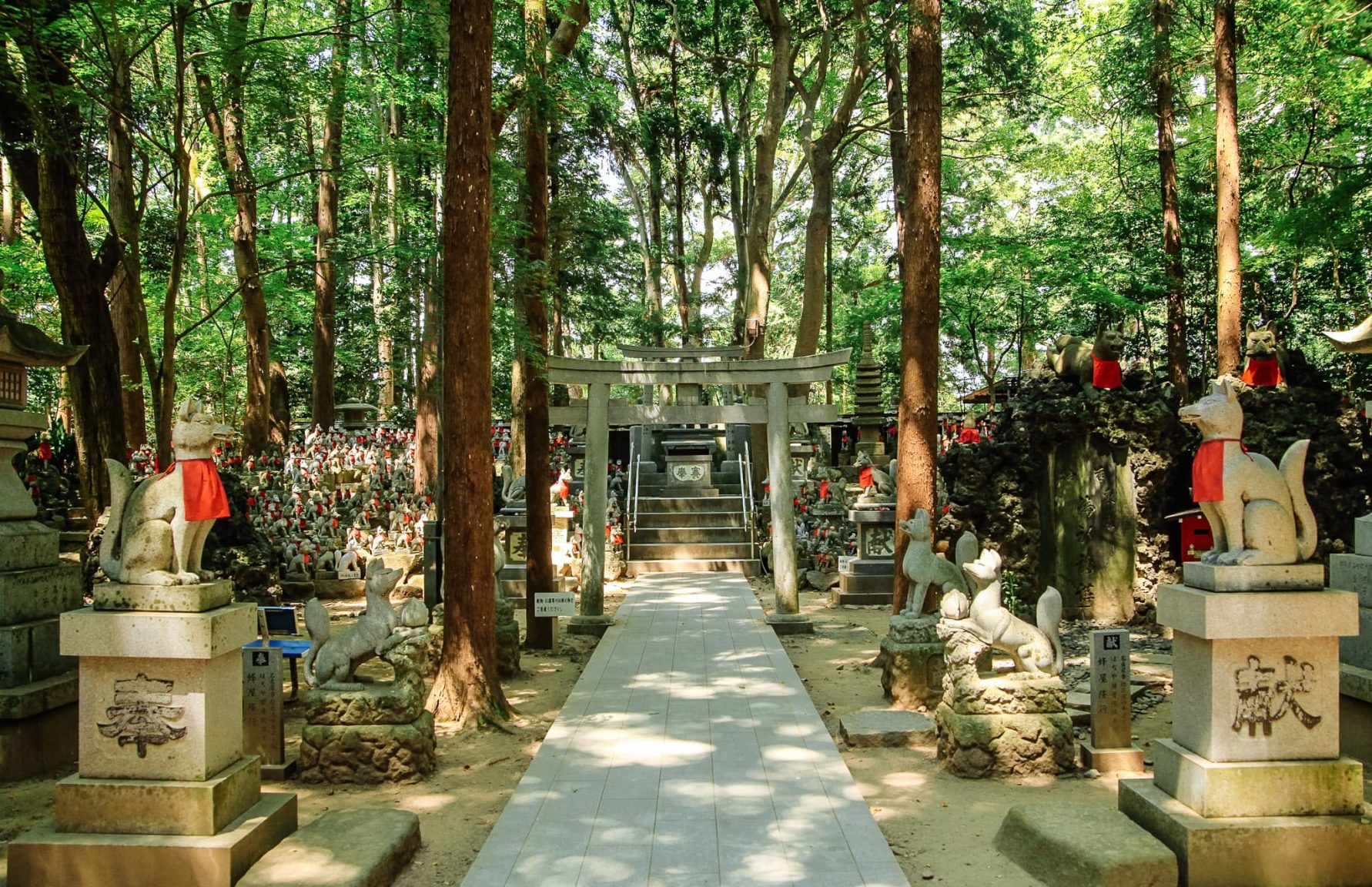
Foxes (kitsune) are sacred messengers, not a representation of the deity itself. Both male and female foxes are depicted, sometimes with small cubs between their legs. These stone foxes often carry:
- A key (to the rice granary)
- A jewel (wish-fulfilling power, prosperity)
- Rice sheaves or a scroll (knowledge, vows)
At Toyokawa Inari, you’ll see ranks of fox statues in bibs, votive plaques with fox motifs, and guardian pairs flanking gates and halls. The fox connection also shapes offerings and festivals.
Typical Offerings Found at Inari Shrines
- Abura-age (fried tofu) and inari-zushi: classic gifts for the kitsune messengers
- Rice, sake, and candles: staples for thanking Inari for prosperity
- Hatsu-uma (first Day of the Horse in the second lunar month): the marquee Inari festival across Japan, marked by prayers for the year’s fortune
Why There Are So Many Inari Shrines Across Japan
Inari worship began in the early 8th century, when records place the deity’s origin at Fushimi Inari Taisha in Kyoto. Initially revered for ensuring abundant rice harvests, Inari’s domain gradually expanded as Japan’s economy evolved. By the medieval period, merchants and artisans embraced the deity as a patron of prosperity, while warriors sought blessings for victory and protection.
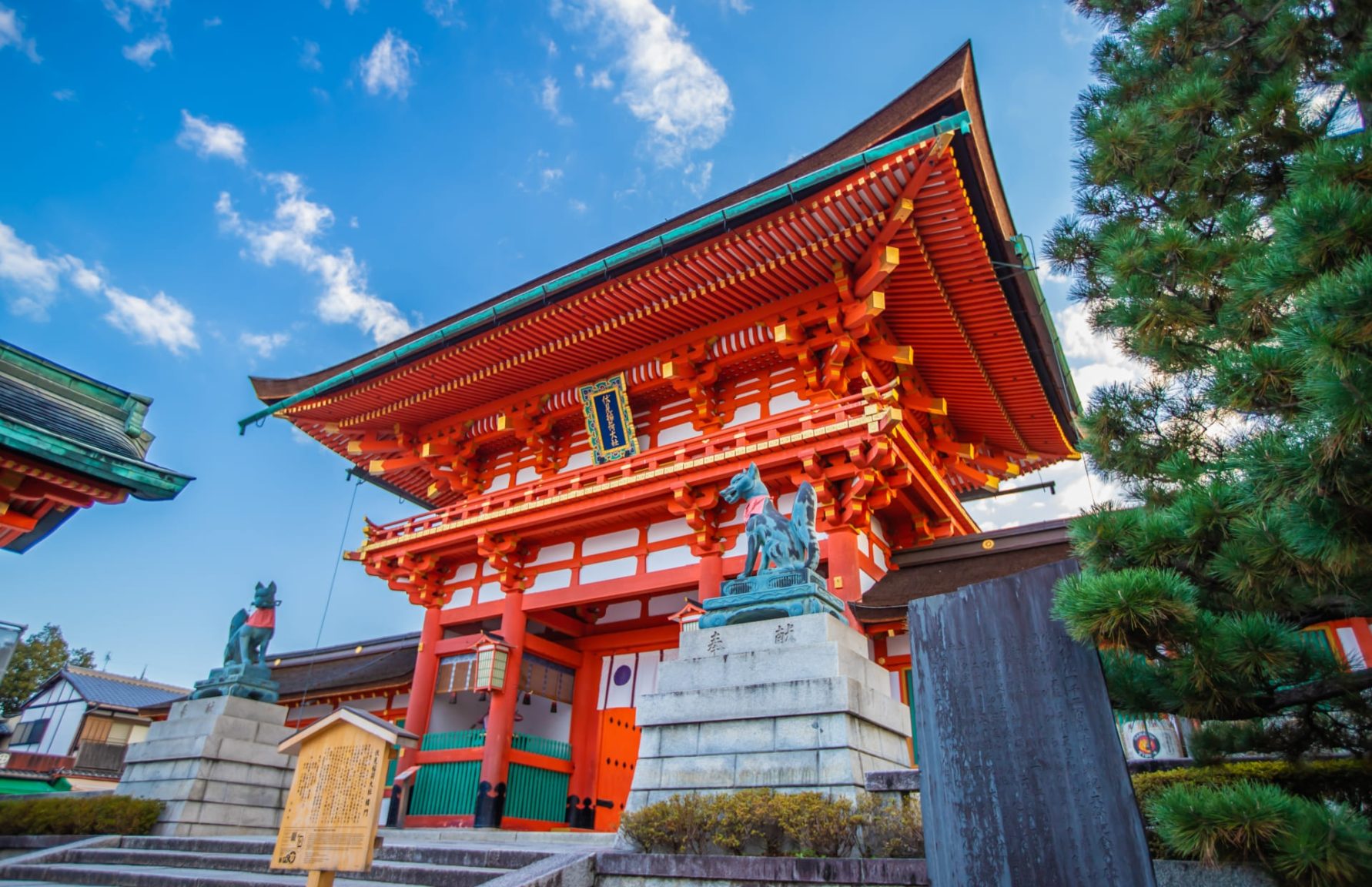
This broad appeal meant Inari shrines could be found in both rural farming communities and bustling castle towns. During the Edo period, when trade networks flourished and urban populations swelled, the faith spread even further: Shops, breweries, fisheries, and even kabuki theatres set up small Inari altars for good fortune.
Today, estimates suggest there are over 30,000 Inari shrines across Japan, making Inari one of the most widely venerated kami in the country. These range from the sprawling torii-covered paths of Fushimi Inari to compact neighborhood shrines tucked between apartment blocks.
Toyokawa Inari’s place in this network is distinctive: as a Soto Zen Buddhist temple that venerates Inari Okami through the form of Dakiniten, it bridges two religious traditions, and its reputation ensures it remains a key pilgrimage stop alongside Kyoto’s Fushimi Inari.
By the way, there is a temple branch in Tokyo! So if you’re interested but you don’t have time to go all the way to Toyokawa, you can also pay your respects at Tokyo Toyokawa Inari Betsuin where you can also enjoy feeling surrounded by countless charming fox messengers.
What to See at Toyokawa Inari Temple
Before coming here, I didn’t know Toyokawa Inari Temple was among the top three Inari worship sites in all of Japan, so my whimsical plans didn’t account for the unexpected size of the temple grounds. It turns out that the entire Myogonji complex is actually quite large, comprising over 90 buildings. With a not-so-generous schedule, I had no choice but to prioritize, so these are some of the main highlights that caught my eye on my visit:
Daihonden (大本殿)
The spiritual core of Toyokawa Inari, the Main Hall enshrines Dakiniten, the Buddhist form linked to Inari Okami. Visitors come here to offer prayers for prosperity, safety, and good fortune. The hall’s wooden architecture, intricate carvings, and incense-filled atmosphere set the tone for the entire complex.
Remember that this is a Buddhist Temple, so if you want to offer a prayer, you must do so with your hands together in silence, instead of clapping like in Shinto Shrines. Check our temple worship guide for further details.
Spirit Fox Tomb (霊狐塚)
Toyokawa Inari’s most striking feature is the sheer number of fox statues scattered across the grounds, which is probably the main attraction for many, myself included. Reading about it, I learned that it started as a place to enshrine a fox statue as a farewell symbol, which evolved over time to about 1,000 fox statues, all of them donations from believers. Many wear red votive bibs, offered by worshippers in thanks for answered prayers.
I took my time to look closely among all of them. Some foxes hold keys, jewels, or scrolls, each symbolizing a different blessing. It is a little endearing to see the different poses as well, as if each one had its own identity. Also, pay attention to the thousand flags scattered all over the complex grounds, which are also offerings made by visitors. At the end of the path, a tomb shrouded in trees evokes a mysterious and magical atmosphere, as the sunlight moves softly between the branches.
Sanmon Gate (山門)
The towering Sanmon marks the entrance to the temple precincts. I found it worth pausing here to appreciate all the beautiful carvings, the craftsmanship involved, and the symbolic role of gates in separating the secular world from the sacred.
Daikokudo (大黒堂)
In front of the storehouse-style hall, you’ll find two statues of Daikokuten, commonly referred to as “Osasuri Daikokuten.” Now this caught me a little off-guard, as I knew a bit about this deity, but I was surprised to find it here as well. You see, Daikokuten is another syncretic deity with strong links to Daikiten in East Asian Buddhism. Legend has it that if you stroke these statues while reciting the mantra “Onmakakyara yasowaka,” you can be bestowed with the blessings of the infinite Buddha.
Keiunmon (景雲門) and Three-Story Pagoda (三重の塔)
On the way to the Spirit Fox Tomb from the Main Hall, there’s a gorgeous wooden gate from 1858 and, nearby, a striking pagoda made of wood with detailed carvings and golden accents that was built in 1976.
Okunoin (奥の院)
The worship hall of the old main shrine, which was built in 1814, later became the inner sanctuary when a new main hall was erected in 1930. This historic building is a significant site for spring and autumn festivals, attracting devoted worshippers who gather to admire its exquisite carvings and to express their reverence and chant sutras.
Seasonal Highlights
Personally, I don’t regret enduring the scorching heat of summer to visit Toyokawa Inari. Summer is the season when the greenery is at its best, and walking around the grounds enjoying the lush and rich shades of green, with the dancing sparkle of komorebi (the sunlight that filters through the tree leaves), is a wonderful addition to the experience. In case you choose to visit outside of summer, you can expect:
- Spring: Cherry blossoms frame the temple’s gates and paths.
- Autumn: Maple foliage adds rich colors to the fox-lined walkways.
- New Year’s: One of the busiest times, with special blessings and festive food stalls.
How to Access Toyokawa Inari Temple
From Nagoya
Toyokawa Inari is accessible via the JR Iida Line, with Toyokawa Station a short 10-minute walk from the temple. From Nagoya, the trip takes about an hour and 20 minutes by train, making it suitable for day trips. Alternatively, if you don’t mind not using a JR line (if you’re not traveling with a Seishun 18 Kippu or JR Pass), you can also take the Meitetsu Line between Meitetsu Nagoya Station and Toyokawa-Inari Station, which is the same walking distance to the temple.
From Tokyo
If you are traveling on the Tokaido Shinkansen from Tokyo, you can transfer to the JR Iida Line at Toyohashi Station.
Toyokawa’s main visual appeal may lie with the foxes, but I can’t recommend this visit enough, not just to experience an often overlooked and interesting cultural side of Japan, but also because of the chance of visiting a truly unique and authentically local place outside of the usual tourist crowds.
Pair your Toyokawa Inari Temple visit with a priceless cultural experience!
Check out other cool things you can do around Aichi!
Written by
Photographer, journalist, and avid urban cyclist, making sense of Japan since 2017. I was born in Caracas and lived for 14 years in Barcelona before moving to Tokyo. Currently working towards my goal of visiting every prefecture in Japan, I hope to share with readers the everlasting joy of discovery and the neverending urge to keep exploring.





